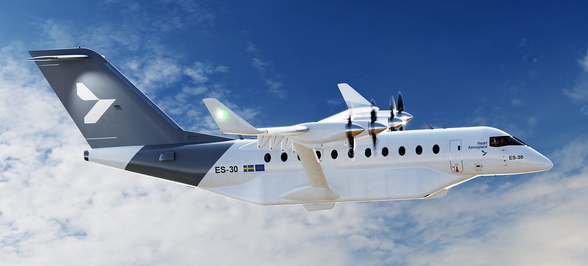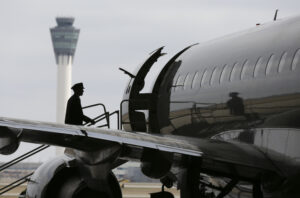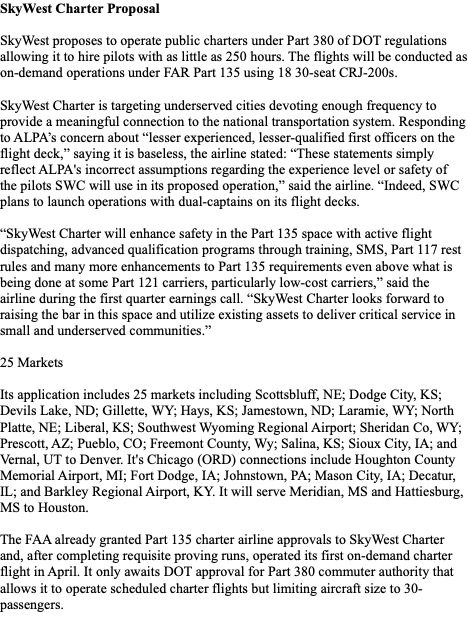Leeham News and Analysis
There's more to real news than a news release.
Pontifications: History is repeating itself
Sept. 5, 2023, © Leeham News: Decades after US airline unions were on the decline, some are making big gains in restoring wages, benefits, and strength.
Pilots at American, Delta, United, and Alaska airlines (among others) won big wage increases under recent contract negotiations. Pilots at Southwest Airlines are aggressively seeking more money and revised work rules. Flight attendants at American just approved a strike authorization by a wide margin.
Drivers at UPS Airlines, the package-freight carrier, won a generous new contract. Pilots at rival FedEx also became more militant in recent months.
One can hardly blame the unions for seeking dramatic wage hikes and work rule changes. Labor has been under constant pressure since the 1970s. Unions probably reached their peak strength in 1966, when five US airlines were struck at the same time by the International Association of Machinists and Aerospace Workers (the IAM). Sixty percent of the capacity was grounded for 43 days. Eastern, National, Northwest, Trans World and United were affected.
The industry was highly regulated. The Civil Aeronautics Board, created in 1938, oversaw virtually everything airlines did. Routes, airfares, serving alcohol, classes of service, and mergers were tightly controlled by the CAB. So was the competition. From its inception to 1978, the CAB turned down every single application to create a new airline (except a host of local service carriers immediately following World War II) or to upgrade charter carriers to scheduled service. More than 70 applicants were turned down.
The Small Airliner Problem, Part 10. Cash costs for a battery-based airliner
Subscription required
By Bjorn Fehrm
July 6, 2023, © Leeham News: In our series on costs factors that make up Cash Operating Cost for a battery-based airliner with range extenders, we now add Crew costs and Airport/Airway fees.
We then have all the components of the Cash Operating Cost (COC) for the ES-30 and can compare it to a normal propulsion 30-seat turboprop.
Summary:
- The high operating weight and slow speed of a battery airliner increase the Airport/Airway fees and Crew costs for the ES-30.
- In summary, only one Cash cost remains competitive, and the COC total exceeds the cost of a 30-seater turboprop.
The Small Airliner Problem, Part 6
Subscription required
By Bjorn Fehrm
May 25, 2023, © Leeham News: In our series about the viability of the business plans for small airliners (nine to 50 seats), we have covered the cost factors that make up the Cash Operating Cost, COC (Fuel, Maintenance, Airway/Airport fees, Crew costs).
We now compile the Cash Operating Cost for the aircraft on a typical sector and discuss the result.
Summary:
- The Cash Operating Costs do not reduce in proportion to passenger numbers for a smaller airliner.
- As a consequence, a small airliner needs a higher load factor or yield to be viable.
The Small Airliner Problem, Part 5
Subscription required
By Bjorn Fehrm
May 18, 2023, © Leeham News: In our series about the viability of the business plans for small airliners (nine to 50 seats), we have covered how energy/fuel consumption, maintenance, and airway/airport fees scales with the size of the airliner.
The cost factor we now examine is the crew cost, where especially the flight crew cost development is troublesome, as pilots changed jobs during the COVID lull or retired early. When air traffic now rebounds, the lack of pilots drives wages and thus costs to new record levels.
Summary:
- The availability of flight crews is a major problem in the US market. It will spread to other geographies as air traffic picks up after COVID-19.
- The scaling of crew costs per transported passenger is unfavorable for smaller aircraft.
Pontifications: Union hypocrisy over Skywest, JSX airlines
May 16, 2023, © Leeham News: “We are also concerned about elevated emissions and increased airspace congestion. To fit into the regulatory gap it occupies, the aircraft are reconfigured to seat no more than 30 passengers, on regional jets designed originally to hold up to 50 passengers. This model generates more intensive emissions per passenger and in busy markets with congested airspace, the model further strains the already challenged and under-staffed air traffic control system.”
So says the US Air Line Pilots Association and a bunch of other unions in a May 5 letter to the Department of Transportation, the US Department of Labor, the Federal Aviation Administration and the Transportation Security Administration.
The group wrote a three page letter pissing on plans by Skywest Airlines to launch a small charter airline under Part 135 of the FAA rules that allows pilots with fewer than 1,500 hours to carry passengers. Skywest is pursuing this because of the nationwide pilot shortage. Indeed, the shortage is global, but it’s especially acute with US regional airlines—which ALPA has been trying to diminish for decades Skywest wants to reconfigure Mitsubishi CRJ200s, a 50-passenger airplanes, into a 30-seat aircraft.
Part 135 carriers are limited to 30 passengers and provide what essentially is scheduled airline service but which are technically charter operations.
The unions spend much of their three page letter taking on JSX Airlines, which has a successful Part 135 operation using 45-seat Embraer E145s configured for 30 passengers. Its operations are migrating across the southern US.
The paragraph cited above is full of union hypocrisy, especially that of ALPA. Here’s why.
Growing Opposition to ALPA’s Attack on Regionals
Subscription Required
Kathryn B. Creedy
Analysis
May 15, 2023, © Leeham News: Using the same tired arguments, the Air Line Pilots Association (ALPA) on May 5 urged the Department of Transportation to reject SkyWest’s year-old proposal to create a Part 135 public charter under Part 380 of the Department’s regulations to serve Essential Air Service (EAS) markets.
ALPA, in a letter co-signed by nine other unions, claimed SkyWest Charter is a backhanded attempt to bypass the 1,500-hour pilot experience rule. The airline says its proposal is to continue serving most of its EAS points under the same regulations governing other EAS carriers. Further, it attacked the public charter rule objecting to JSX operations, a catalyst for engaging the business aviation against the union.
ALPA may be skating on thin ice, not realizing the 1,500-hour rule is increasingly irrelevant given statements on Capitol Hill favoring pilot training reform and the popularity of the EAS program among legislators.
The Small Airliner Problem, Part 4
Subscription required
By Bjorn Fehrm
May 11, 2023, © Leeham News: In our series about the viability of the business plans for small airliners (nine to 50 seats), we have covered how energy/fuel consumption and maintenance scales with the size of the airliner.
The cost factor we examine today is the cost of using the airport and airways infrastructure. Airlines pay for landing plus parking at airports and for using their passenger facilities. The airlines also pay for using the Air Traffic Control (ATC) infrastructure when flying the routes.
Each airport and national airway system have their own fee structures. We check how these scale with aircraft size.
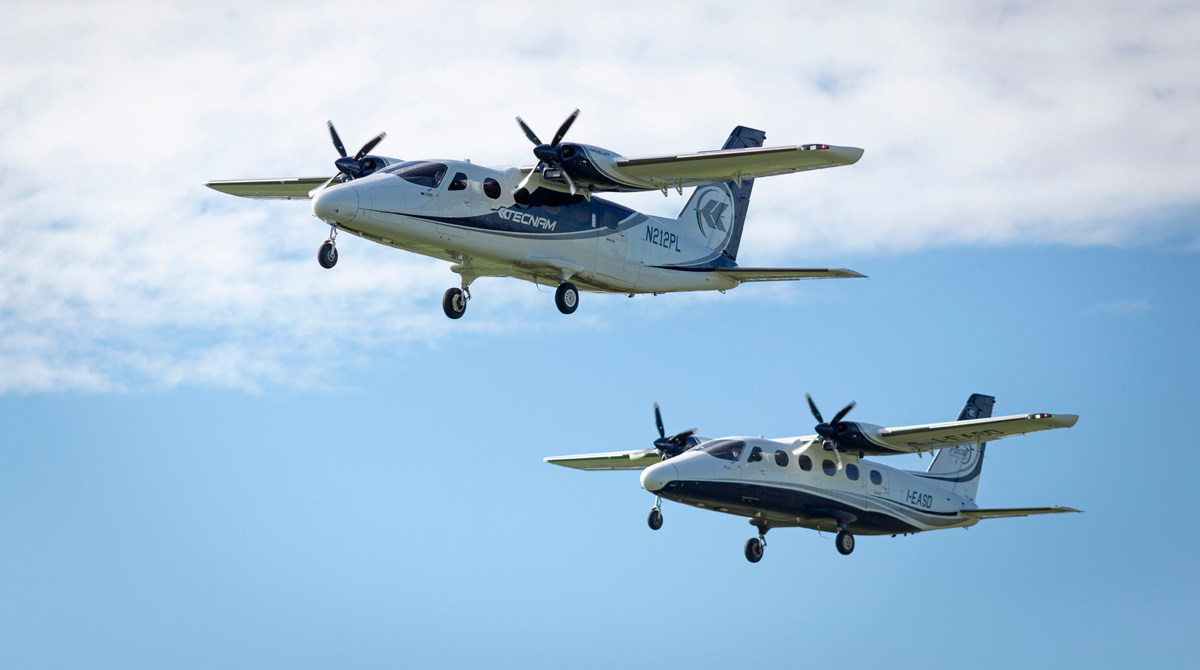
Figure 1. The TECNAM P2021 piston prop airliner is also offered in an electric version called P-Volt. Source: TECNAM.
Summary:
- Airway fees scale differently per transported passenger to the airport fees.
- Overall, airport and airway fees are not proportional to carried passengers on a route.
The Small Airliner Problem, Part 3
Subscription required
By Bjorn Fehrm
May 4, 2023, © Leeham News: In our series about the viability of the business plans for small airliners (nine to 50 seats), we have covered how energy and fuel consumption scales with the size of the airliner.
The cost factor we examine today is the maintenance cost for keeping an airliner fit for purpose and safe.
We use the Leeham aircraft performance and cost model to get the data for the maintenance costs for airliners going from nine to 200 seats.
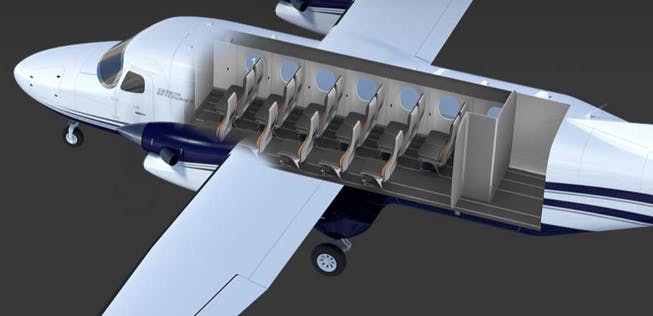
Figure 1. The Cessna Sky Courier is a new 19-seat small airliner with conventional propulsion. Source: Textron Aviation.
Summary:
- The maintenance costs of an airliner scale differently from the energy and fuel consumption we studied last week.
- We discuss the scaling metrics for the airframe maintenance costs and how these differ from what drives engine maintenance costs.
Pontifications: Engine makers’ business model needs overhaul
May 2, 2023, © Leeham News: The business models for engine makers for decades have been simple: deeply, deeply discount the engines on the sale and make up the revenue and profits on the maintenance, overhaul, and repair (MRO) contracts.
It’s a model that’s served engine makers and customers alike well. Customers save millions of dollars on the upfront purchase of airplanes. The engine companies win market share.
There are downsides for the Original Equipment Manufacturers (OEMs), though. The discounts typically are steeper than those offered by Airbus and Boeing (and Embraer and ATR). LNA has seen deals with discounts as steep as 80% on the sales price. We’ve even seen one deal in which the OEM gave (as in free) the engines in exchange for the MRO contract.
The big downside to this is that it can take 10-12 years, or more, for the OEMs to recover their research and development and production ramp/learning curve costs. Then as the CFM 56 matured into perhaps the most reliable jet engine ever, with more than 25,000 hours on-wing, followed by the IAE V2500, MRO services contracts didn’t return the revenue and profits as quickly as before.
What would be the ticket price influence of SAF?
Subscription required
By Bjorn Fehrm
Feb. 9, 2023, © Leeham News: I have the last weeks described the difference between Jet fuel and SAF, or Sustainable Aviation Fuel, in my Friday Corners. We could see it has emission advantages compared with fossil Jet fuel that goes beyond the CO2 reductions it offers.
It’s a cleaner fuel where the production methods can avoid the troublesome aromatic carbon molecules that causes soot to form in jet engine exhaust. With reduced soot, the generation of contrails reduces, which is beneficial for reducing global warming.
But we could also see that SAF should be costlier to produce as the production cycle is complete. Our fossil fuel’s raw material had their CO2-absorbing plant growth millions of years ago.
So, if we mix SAF into Jet fuel at different ratios, what will be the effect on ticket prices? How much more expensive would flying be when we use SAF or other measures like CO2 emission taxes are introduced? We use our airliner performance and cost model to find out.
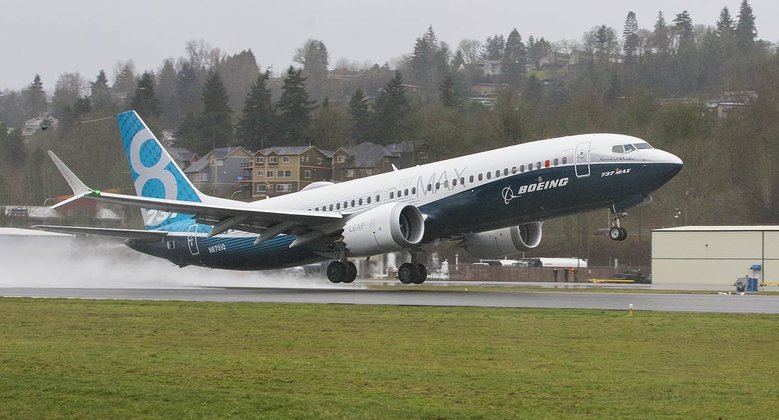
Figure 1. The typical short to medium-haul airliner, 737 MAX 8, we use in our calculations. Source; Leeham Co.
Summary:
- In addition to the aircraft operating costs, we must add other airline costs to understand ticket prices.
- Then we must look at the effects of revenue management and the type of flight, domestic or long-range.





